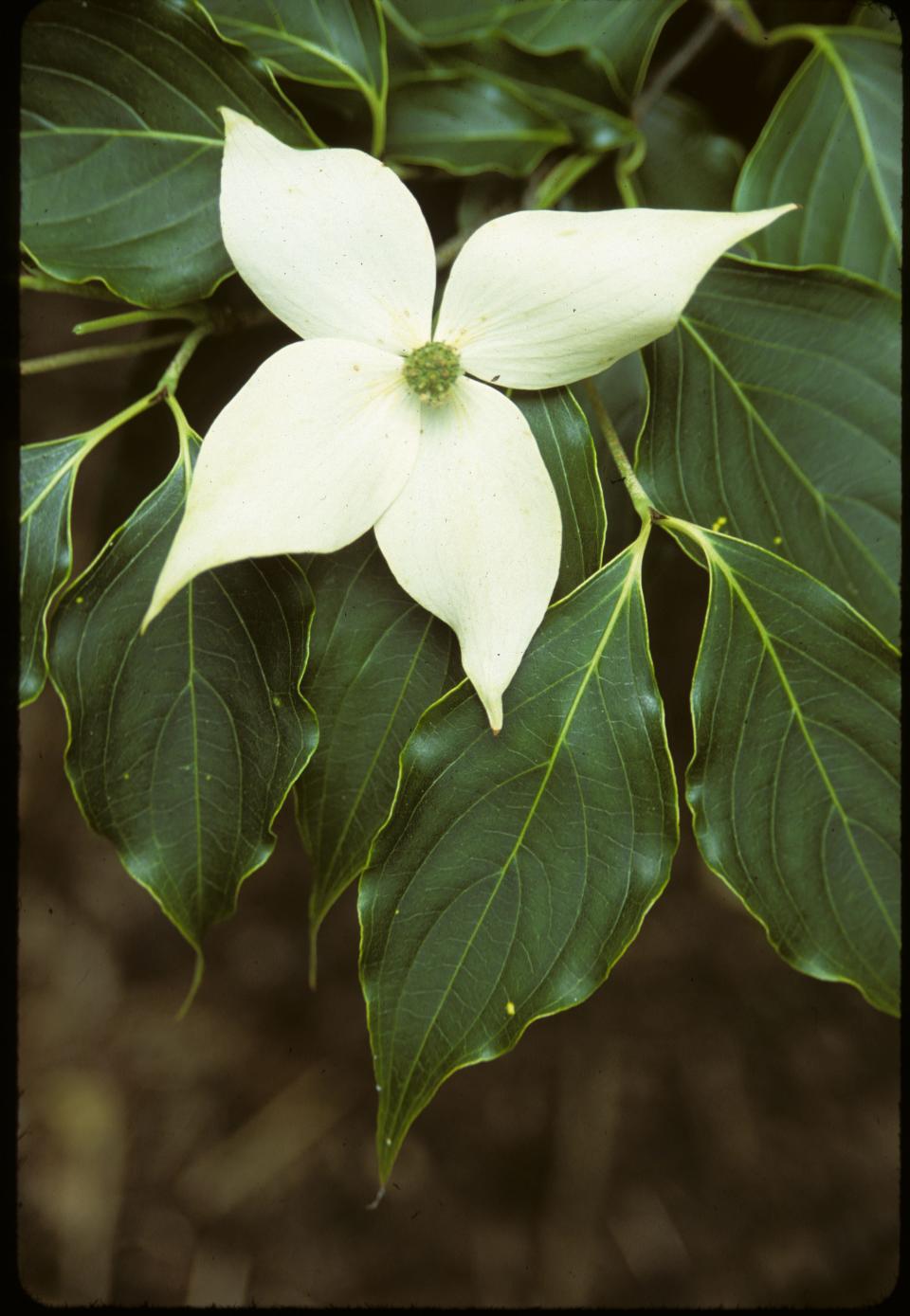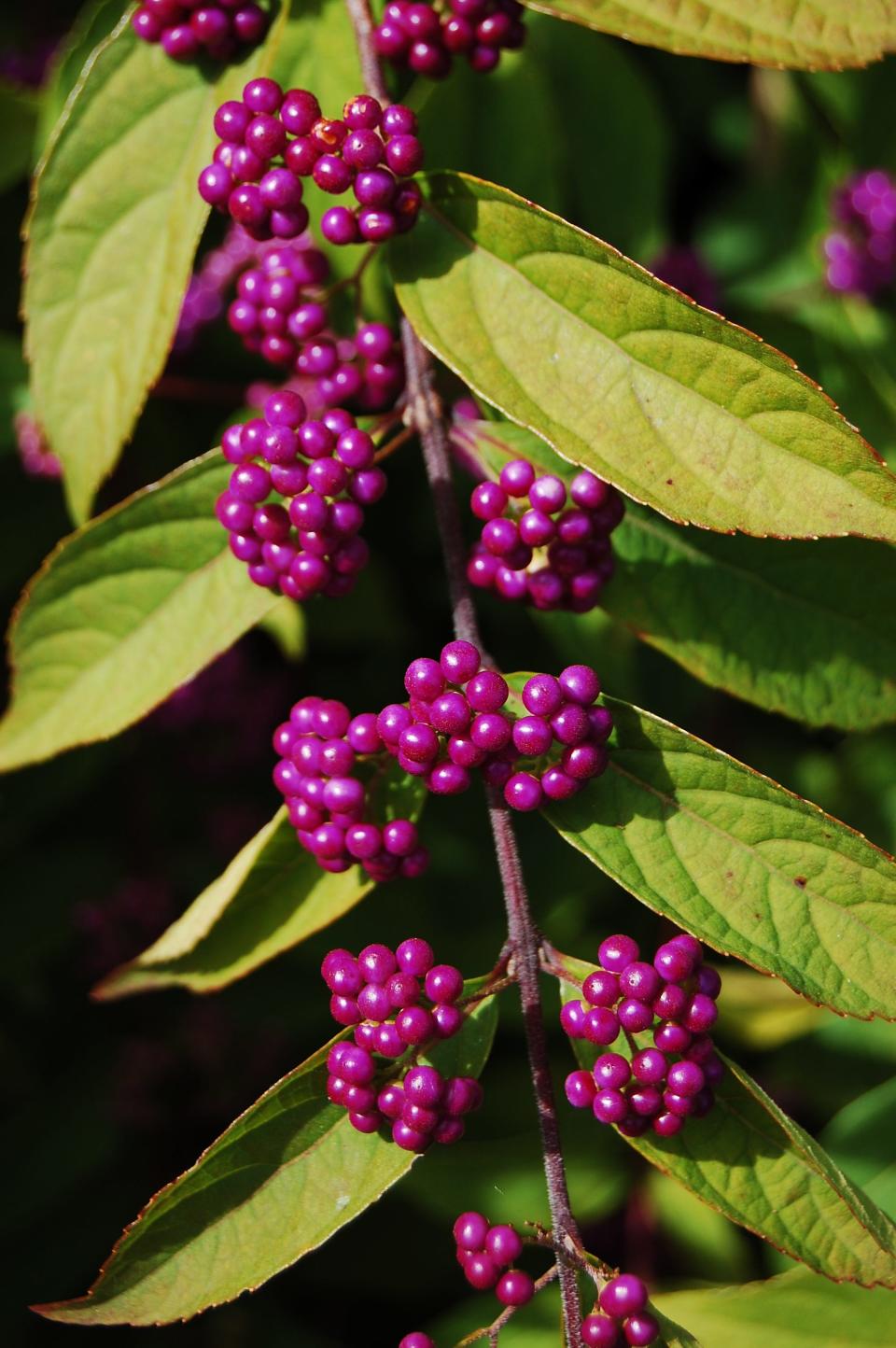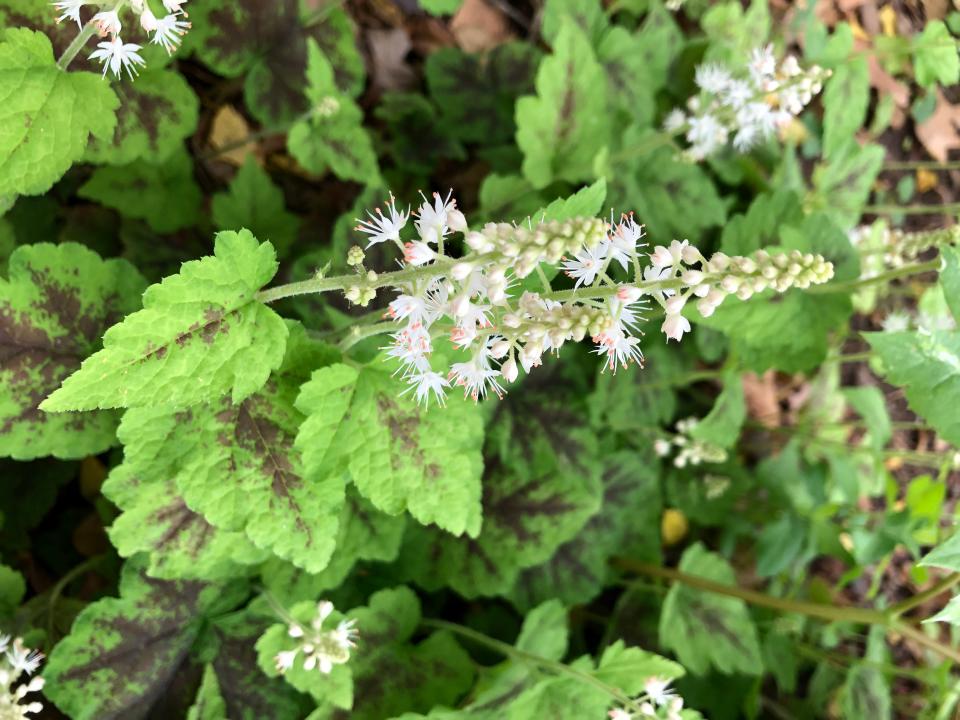Looking for a change? Try these 6 award-winning plants in your garden this year
With the introduction of something like 47.5 gazillion new plants to the garden world each year, it can be a bit of a head-scratcher to decide which two, or two — or 12 gazillion — you want to try in a given season.
The good news is that if you’re not one of those plant geeks who actually want to try out all 47.5 gazillions yourself, there are actually places you can turn for recommendations on exactly which one or two of those gazillions of “absolutely guaranteed to thrive” plants will actually live in your particular climate and soil and under the level of cultivation you care to commit to the venture.
The Theodore Klein Plant Awards program was started back in 1995 by a loosely associated group of Kentucky plant professionals representing the University of Kentucky Nursery and Landscape program, the Kentucky Nursery and Landscape Association and a number of public horticulture pros in the region.
The goal of the group was simple — annually choose and promote a slate of woody and herbaceous perennial plants with merit for regional gardens. The program was named in honor of Theodore Klein, noted Crestwood, Kentucky plantsman and nurseryman who was known for outstanding new plant introductions and as a mentor to many in the business. Klein’s Crestwood property now forms the core of Yew Dell Botanical Gardens, 6220 Old Lagrange Road.
Now before I get to the 2022 award winners, a little about the process.
You may like: Why do trees break in Kentucky during ice storms? We asked an expert
Each year, a group of “industry professionals” (aka, anybody with an email account, even a little industry experience with garden plants, and a modestly informed opinion) submit nominations to the selection committee. The committee then engages in a highly formalized process whereby members scoff and scowl at those making nominations, espouse their own highly superior opinions of said nomination and, occasionally, find themselves asked to leave a local watering hole or two for “lack of decorum.”
Needless to say, the evaluation process is regimented and precise. Consensus is usually reached but that is not to imply anyone’s preformed opinions are ever altered.
So if you’ll indulge me in virtual drum roll ... here is the slate of Theodore Klein Plant Award winners for 2022.
Chinese Dogwood
Cornus kousa 'Greensleeves'

One of the best cultivars on the market today, this 20-foot-by-20-foot tree develops deep, glossy green leaves, brilliant white late spring floral displays that open with the leaves, a few weeks after our native flowering dogwood (Cornus florida). Its leaves develop excellent fall color of red, orange and burgundy and the red to red-orange fall fruit resemble slightly overinflated raspberries. They are edible but only occasionally palatable. The Chinese dogwood is far more resistant to both dogwood anthracnose and powdery mildew that can plague the native flowering dogwood in some locations. It is also adaptable to a wider soil and moisture regime range than the native species. It is best for full sun but happy in part shade as well.
Japanese Beauty Berry
Callicarpa dichotoma

This is one of the most underused little shrubs available to regional gardeners. It forms a rather uniform 3-foot-by-3-foot shrub that is best known for its brilliant, amethyst-colored fruit that color up in late summer and last through the fall. Bright green foliage sets off delicate pink/white flowers on branch tips in mid-summer. It is easy to grow, free from major pests and is even highly deer resistant. It does best on any medium soil in full sun to light shade.
You may like: Want to start the new year off as a better gardener? 4 tips to turn over a new leaf
Diervilla
Diervilla Kodiak® Series

I must admit that it’s taken me a while to warm up to this group. They don’t have magnolia flowers or holly fruit. But what they do have is incredible staying power and very nice foliage. These North American native shrubs grow to 3-to-4-feet tall and wide and are best known for their spring and fall foliage colors. The Kodiak® Red, Orange and Black selections all offer disease (and deer) resistant foliage and delicate yellow summer blooms. Their foliage colors (indicated by the variety name) are most pronounced in spring and fall. Plants are tolerant of full sun or light shade and perform well on any reasonable soil.
Short-Toothed Mountain Mint
Pycnanthemum muticum

This is one for all you gardeners out there wanting to feed the pollinators. A herbaceous perennial that forms a 2-foot tall mass of silver/gray leaves and pale pink summer flowers is an absolute pollinator magnet. Once established, it is quite drought tolerant and grows best in full sun to light shade. Excellent for rain gardens, mixed borders, or naturalizing at the edge of the wood.
You may like: Feeling the winter blues? Try growing this trio of winter blooms to brighten your garden
Swamp Sunflower
Helianthus angustifolius ‘First Light’

This fabulous, compact selection of an already excellent North American herbaceous perennial will top out at about 4-feet tall. In September and October, it is smothered in 2-inch diameter, screaming yellow daisy flowers. It loves full sun and can handle damp soils but will adapt to any reasonable garden soil. Deer resistant.
Foam Flower
Tiarella cordifolia ‘Running Tapestry’

This fabulous North American native herbaceous groundcover is perfect for the shade garden. Growing to about 10-inches tall, its bright green leaves are flecked with deep red through the summer and the color intensifies after a fall frost. Spikes of clear white flowers cover plants in spring. This is not a good selection for dry soils but in the right spot, it is a delightful, long-lived plant that is attractive spring, summer and fall.
Paul Cappiello is the executive director at Yew Dell Botanical Gardens, 6220 Old Lagrange Road, yewdellgardens.org.
The Evolution of plants
WHAT: The Evolution of Plants: Ever wondered what makes a fern a fern, why some trees make cones and others, flowers? Join Yew Dell Botanical Gardens' horticulturist, Silas Zoeller, as he charts a course through the evolutionary history of plants.
WHEN: Jan. 26, 6-7:30 p.m.
WHERE: virtual
COST: $20 Yew Dell members; $30 for non-members
MORE INFORMATION: sign up at yewdellgardens.org/events-classes
This article originally appeared on Louisville Courier Journal: 2022 Theodore Klein Plant Awards: Try 6 these 6 plants this year

